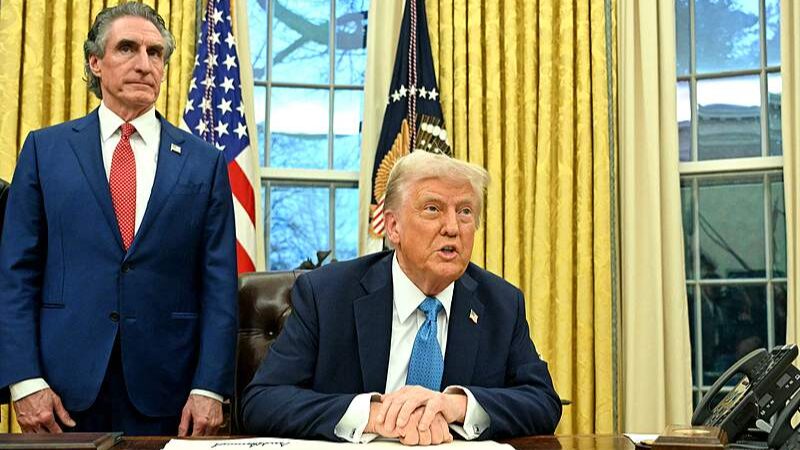As U.S. tariffs on Chinese imports escalate, analysts highlight China's strategic pivot toward technological self-reliance and global market integration. The latest measures, including a proposed 34% tariff on Chinese goods, come amid ongoing trade tensions, though key sectors like semiconductors avoided new immediate penalties. However, existing policies will raise tariffs on Chinese semiconductors to 50% by 2025.
Resilience Through Innovation
China's semiconductor exports surged to 298.11 billion units in 2024, marking an 18.7% annual increase, according to customs data. Despite U.S. restrictions targeting over 2,000 entities in AI, quantum computing, and aerospace since 2018, Chinese firms are adapting by accelerating domestic R&D and diversifying supply chains.
Expanding Global Trade Networks
China's Ministry of Commerce reported the establishment of 2,500+ overseas warehouses covering 30 million square meters by May 2024, bolstering cross-border logistics. This infrastructure supports trade diversification efforts amid tightening U.S. trade policies.
Investing in Core Competitiveness
Basic research now accounts for 8.3% of China's R&D spending, per Science Ministry data, signaling a shift toward long-term technological breakthroughs. The Zhejiang Institute of Industry and Information Technology advocates a balanced approach: prioritizing self-sufficiency in mature semiconductor processes like 28-nanometer chips while engaging globally through "open-source innovation."
Avoiding the Isolation Trap
Experts warn against overreliance on isolationist policies, urging collaboration to maintain access to global intellectual resources. "Strategic independence must coexist with international partnerships," the institute's report emphasizes, highlighting advanced chiplet packaging as a bridge between domestic production and global standards.
Reference(s):
cgtn.com








